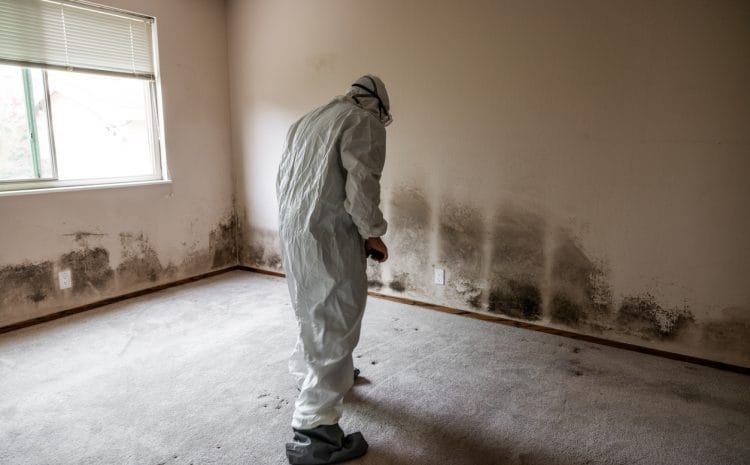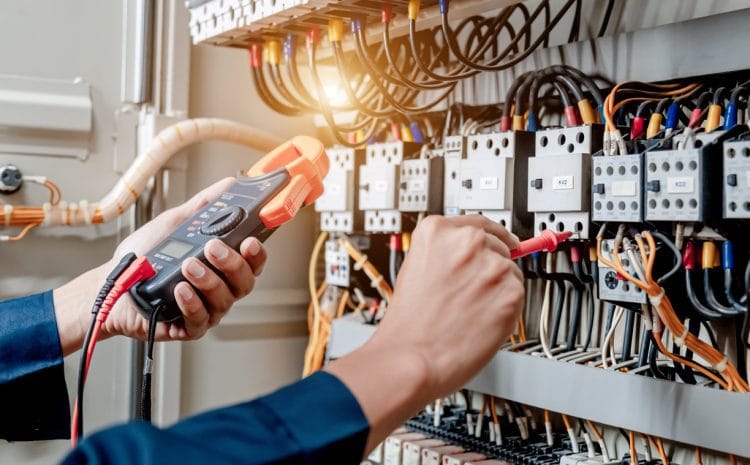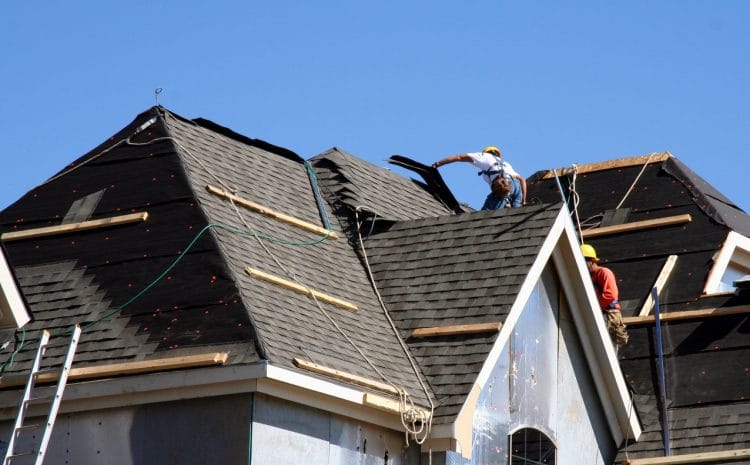The Importance of Mitigation Property in Water Damage Restoration and Recovery

Understanding the Role of Mitigation Property in Water Damage Restoration
Water damage is one of the most unexpected and disruptive issues property owners can face. It can occur anytime due to natural factors like storms and floods or man-made causes such as plumbing failures and leaks. When water intrusion affects a property, it can quickly lead to severe damage if not addressed promptly. This is where the concept of mitigation property becomes essential.
Mitigation property involves taking immediate steps to minimize water damage and prevent further harm to the structure and its occupants. A swift response is critical to reducing the long-term risks, including structural deterioration, mold growth, and health hazards. For homeowners impacted by water damage, professional mitigation and restoration services play a key role in returning the property to its pre-damage condition.
Water damage mitigation focuses on controlling the initial damage by removing water, drying affected areas, and stabilizing the property. Restoration follows to repair and restore the space to its original state. Together, these services ensure the damage is contained and resolved efficiently.
Understanding the importance of mitigation property is vital for homeowners to safeguard their investments. Explore the following article to learn how professional mitigation and restoration services can help reduce the impact of water intrusion and protect your property effectively.
The Importance of Mitigation Property in Water Damage Restoration
Understanding the difference between water damage mitigation and restoration is key to effectively addressing water-related issues and protecting your property. Both processes play critical roles in safeguarding and restoring your home or building after water intrusion.
Water Damage Mitigation
Water damage mitigation involves immediate actions to reduce further harm and stabilize the property. Key practices include water extraction, structural drying, cleaning, sanitizing, and mold prevention. These steps are crucial in minimizing the harmful consequences of water intrusion and protecting your mitigation property. Mitigation focuses on containing the damage to prevent additional loss and ensures the property is safe for restoration efforts.
Water Damage Restoration
Water damage restoration is the process of returning the property to its original, pre-disaster condition. This involves assessing the extent of the damage, repairing or replacing materials, and ensuring the structural integrity of the property. Restoration focuses on rebuilding and repairing what was damaged, ensuring the property is fully functional and aesthetically restored.
The Role of Mitigation Property in Recovery
While mitigation focuses on immediate damage control, water damage restoration is a longer process aimed at complete property recovery. Together, these two steps ensure that water damage is effectively managed, minimizing risks and returning your property to its former state. Understanding the importance of mitigation property helps homeowners act quickly and efficiently in the face of water-related disasters.
The Importance of Quick Response in Water Damage Condition
- Preventing Secondary Damage:
Water damage can be more expensive than you think. The standing water and persistent moisture can escalate the risk of mold growth, wood rot, and corrosion. With immediate response, you can prevent further damage inside the building.
- Reducing Health Risks
The risk for respiratory disorders and allergies increases in occupants because of the contaminated water and mold spores. However, early intervention to reduce exposure to potentially hazardous activities can mitigate the health risk.
- Lowering Repair and Restoration Costs
With a fast response to the water damage, you can prevent the repair work from becoming expensive. Otherwise, significant structural or aesthetic damage can occur due to your negligence.
Steps in the Water Damage Mitigation Process
- Step 1: Assessment and Inspection: First off, specialists assess the extent of damage. Based on the inspection, they prepare a strategic action plan to extract water, clean and sanitize the building, and detect signs of mold growth.
- Step 2: Water Removal or Extraction: They typically apply methods like installing effective drainage systems and maintaining downspouts and gutters, etc. This way, they remove the standing water from the property,
- Step 3: Drying or Dehumidification: Essentially, professionals use air movers, dehumidifiers, and other equipment to dry the property thoroughly. Air movers increase air circulation while dehumidifiers extract excess moisture inside the property. This way, their combination effectively dries the property.
- Step 4: Cleaning and Sanitizing: They use biocide and other antimicrobial substances. With them, they provide water damage cleanup services to prevent mold growth.
- Step 5: Monitoring and Documentation: Professionals efficiently spot the signs of damage and help you document the extensive destruction.
Steps in the Water Damage Restoration Process
- Step 1: Structural Repairs: When repairing damaged drywall or flooring, specialists securely remove the affected area and patch it with the new material. Also, they apply adhesive to secure the patch and do the painting and texturing to treat the area.
- Step 2: Mold Remediation: Next, they apply dry and wet methods, including vacuuming, brushing, air scrubbing, and disinfectants to prevent mold growth.
- Step 3: Repainting and Cosmetic Repairs: By repainting and replacing fixtures, they can restore the property’s aesthetic properties.
- Step 4: Final Inspection: Eventually, they periodically inspect the property to ensure its longevity and safety for occupants.
The Role of Water Damage Mitigation and Restoration in Property Recovery
- Preserving Property Value: Timely mitigation and restoration prevent further structural or aesthetic damage to partial or full buildings. These methods preserve the property’s market value.
- Ensuring Structural Integrity and Safety: When dealing with extensive damage, it is vital to hire professional specialists for the water damage restoration process. They ensure long-term property’s structural integrity and safety for the occupants.
- Protecting Against Future Damage: By improving the drainage system, reinforcing foundations, sealing cracks, fixing gutters and downspouts, and installing the moisture barrier, professionals can identify and address vulnerabilities to prevent further damage.
Why Professional Services Are Essential in Water Damage Mitigation and Restoration
- Specialized Equipment and Techniques: Advanced tools like infrared cameras visually spot hidden moisture, and industrial-grade dehumidifiers effectively dry the humidity from large spaces.
- Expertise in Dealing with Water Damage: Certified professionals are well-trained to identify the category of water damage, assessment of the damage, specialized tools and techniques usage, and safety protocols.
- Navigating Insurance Claims: Water damage restoration companies navigate you through the complexities of insurance. They review your policy, do comprehensive documentation, and negotiate the claim settlement.
- Compliance with Health and Safety Standards: Professionals conduct thorough risk assessments, sanitize the building with antimicrobial substances, follow safety protocols, and regularly monitor the property to address vulnerabilities and issues.
Preventative Measures to Reduce Water Damage Risk
- Regular Property Inspections: Make sure to do periodic checkups for plumbing, roofing, and foundation issues to detect minor damages on time.
- Installing Preventative Equipment: Install equipment like sump pump backflow valves and water alarms to ensure a proactive approach to water damage.
- Educating Property Owners on Quick Response: Spread awareness about early intervention acts like shutting off water responses and calling professionals to deal with the damage on time.
FAQs
- What is the Difference Between Mitigation Property and Water Damage Restoration?
Water damage mitigation reduces the consequences of water intrusion on the property, while water restoration is a method for the building’s restoration to its previous stage.
- How long does the water damage restoration process typically take?
Depending on the issue, the water damage restoration process typically takes a few days to weeks.
- Is water damage covered by homeowners’ insurance?
Homeowners’ insurance typically covers water damage caused by flooding, leakage, or sudden bursts of pipes.
- How can I prevent mold growth after water damage?
Avoid fostering the moisture within the building with an effective drying or dehumidifier. These strategic actions prevent mold growth after water damage.
- When should I call a professional for water damage?
Call a professional for water damage just after the unfortunate incident has occurred. Water mitigation is an immediate help that is essential to prevent further damage.
Conclusion
Timely mitigation and thorough restoration are essential for efficient and effective property recovery. Acting quickly to address water damage through mitigation property techniques helps minimize further harm and lays the groundwork for successful restoration. These efforts not only ensure the property is fully safe and restored but also play a crucial role in helping you achieve a favorable insurance claim settlement if you have a policy in place.
Mitigation property focuses on immediate actions such as water extraction, drying, and sanitization, preventing additional damage and making the restoration process smoother. A well-executed restoration plan then follows, repairing and rebuilding the property to its original condition. Together, these processes ensure a comprehensive recovery.
For homeowners, seeking professional help for early intervention is vital. Experts in mitigation property and restoration services can efficiently manage the damage, safeguard the property’s structural integrity, and speed up the insurance claim process. Acting promptly can make all the difference in protecting your investment and ensuring peace of mind during property recovery.



